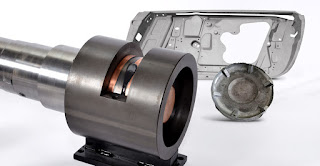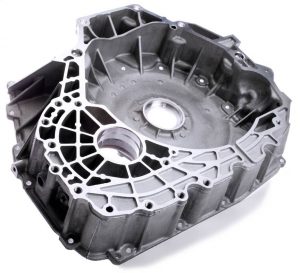Diecasting of Molten Metal for Industrial Gears
Inside the diecasting approach, liquid or “molten” metal is forced into a die beneath higher stress. Within this case, “die” refers for the steel mold made to shape the actual solution that should be created. Following the pour and injection into the mold, the molten metal solidifies and is removed in the mold. When the metal cools, the gating material gets removed plus a solution has been manufactured! The steel mold can then be closed and ready for the following “shot,” which enables it to become reused instantly. The cycle on generating a die cast aspect could be from 30 seconds to a single minute, generating the procedure particularly quickly.
The fundamental die casting procedure consists of injecting molten metal beneath higher stress into a steel mold referred to as a die. Die casting machines are ordinarily rated in clamping tons equal for the volume of stress they will exert around the die. Machines sizes variety from 400 tons to 4000 tons. No matter their size, the only basic distinction in die casting machines will be the process made use of to inject molten metal into a die. The two procedures are hot chamber or cold chamber.
A comprehensive die casting cycle can differ from significantly less than a single second for modest elements weighing much less than an ounce, to two-to-three minutes for any casting of various pounds, creating die casting the quickest method readily available for making precise non-ferrous metal components.
The Advantages of Diecasting
Die Casting is definitely an effective, economical procedure supplying a broader variety of shapes and elements than any other manufacturing method. Components have extended service life and might be developed to complement the visual appeal on the surrounding component. Designers can obtain many positive aspects and advantages by specifying die cast components.
Higher Speed Production
Diecasting supplies complicated shapes inside closer tolerances than quite a few other mass production processes. Small or no machining is expected, and a large number of identical castings may be developed prior to further tooling is necessary.
Dimensional Accuracy and Stability
Diecasting produces components which might be tough and dimensionally steady, whilst sustaining close tolerances. They may be also heat resistant.
Strength and Weight
Die cast components are stronger than plastic injection moldings obtaining the exact same dimensions. Thin wall castings are stronger and lighter than these attainable with other casting approaches. Plus, since the die castings usually do not consist of separate components welded or fastened with each other, the strength is the fact that with the alloy in lieu of the joining method.
Die cast components could be developed with smooth or textured surfaces, and they may be conveniently plated or completed using a minimum of surface preparation. Die castings supply integral fastening components, for example bosses and studs. Holes is often cored and created to tap drill sizes, or external threads is often cast.


Comments
Post a Comment